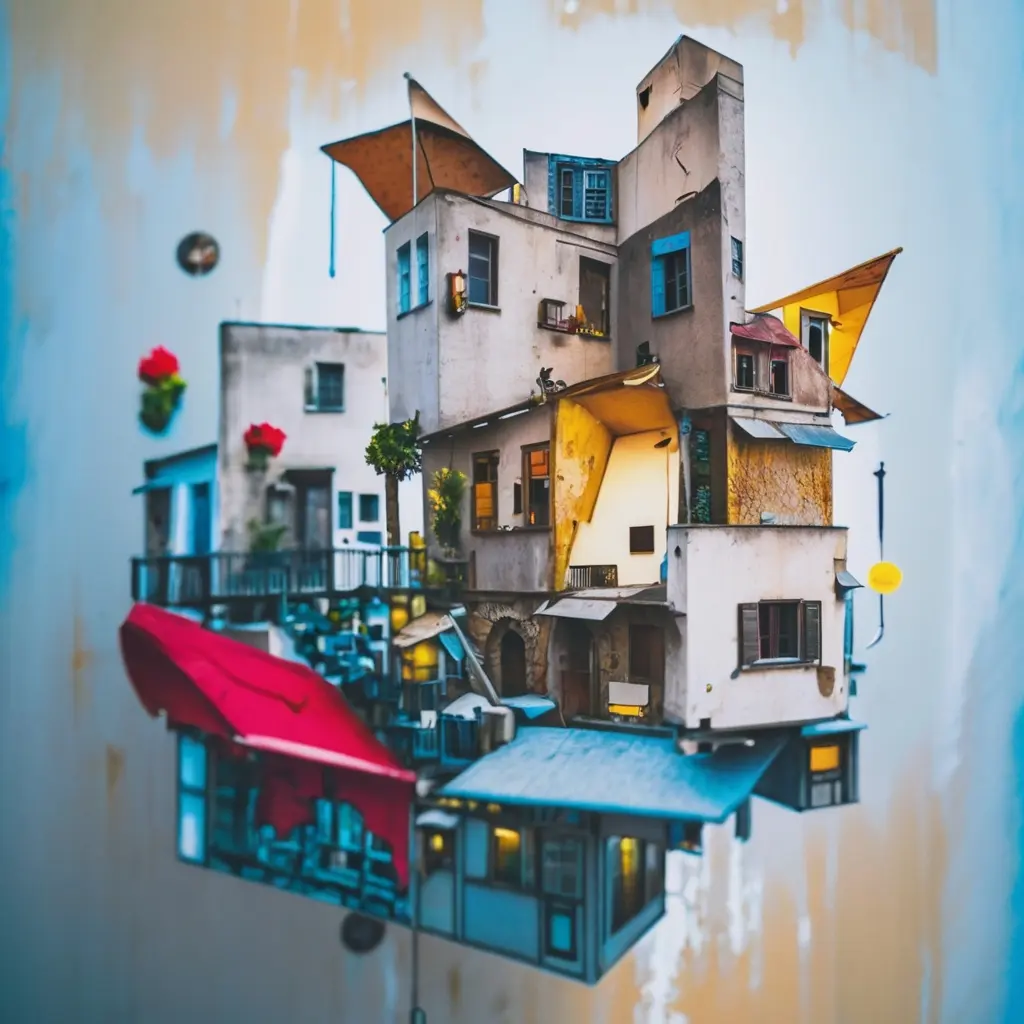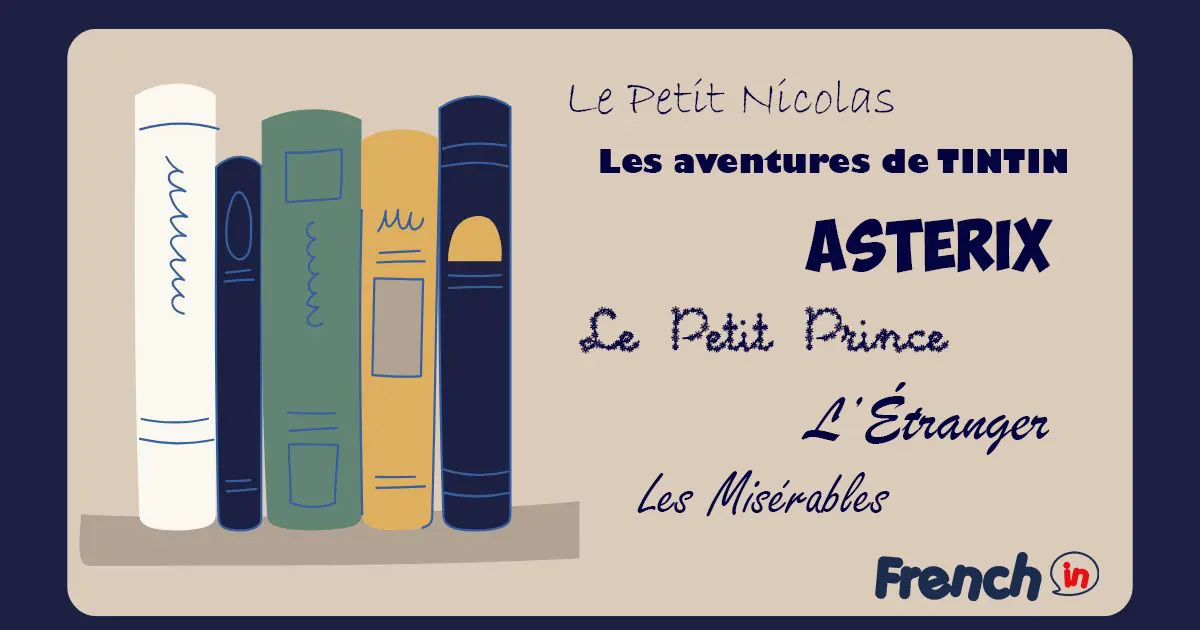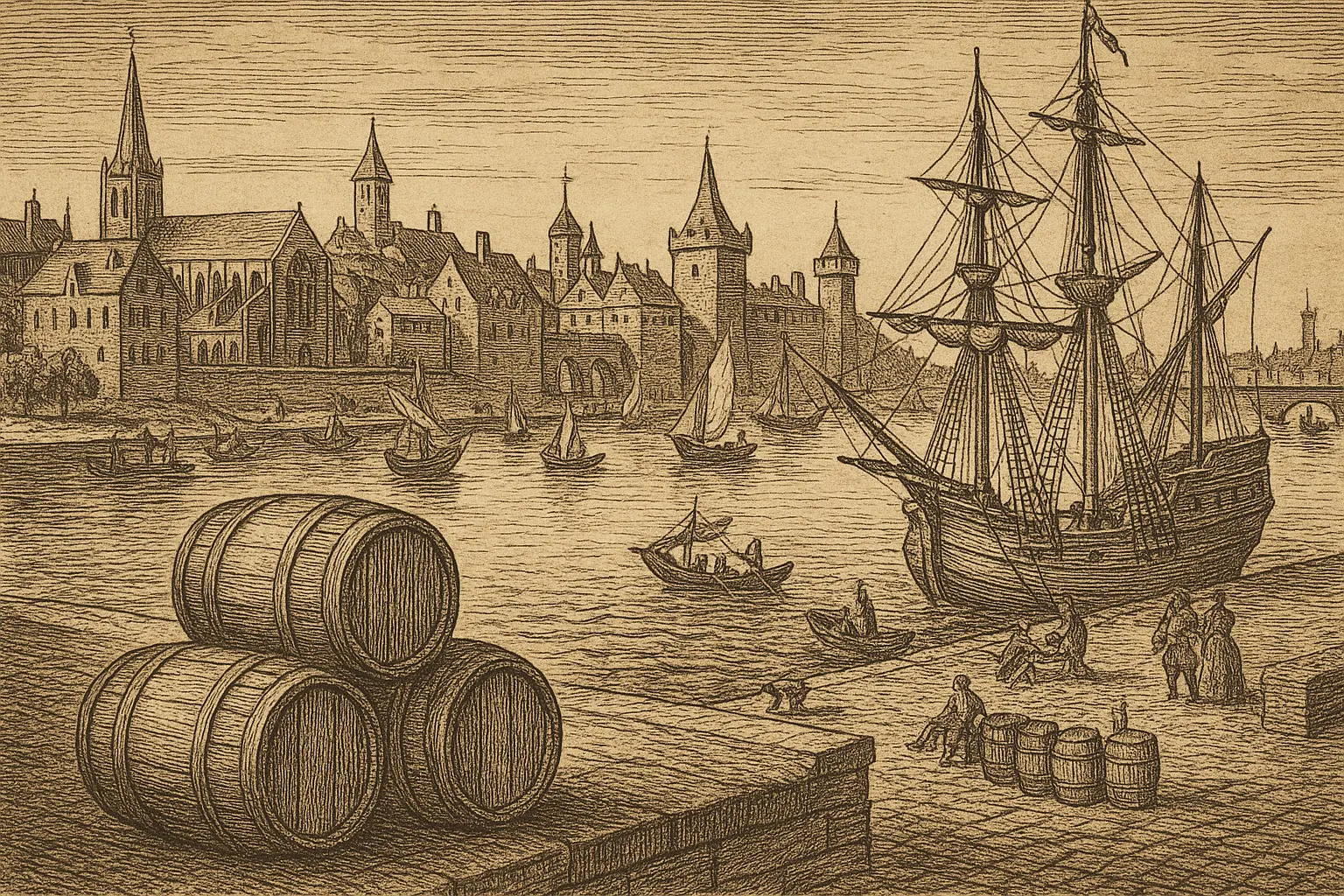Here is a guide to art in Paris for expats. Paris is one of the best cities in the world for art lovers. But art in Paris isn’t just something you find in a museum: it’s everywhere — in the streets, cinemas and cafés. Whether you’re planning a trip or already in the city, this guide will help you find where to see great art in Paris: from world-famous museums and historic movie-theaters to local street art and bohemian neighborhoods like Montmartre. Whether you love painting, cinema, or just want to explore Paris, there’s something here for you. Whether you’re a lifelong art lover or just beginning to explore the creative side of the city, this guide to art in Paris for expats is your starting point for unforgettable cultural experiences in the City of Light.
Guide to art in Paris for expats : why this visual?
We chose to illustrate this article with a dreamlike image that doesn’t show the Eiffel Tower or the Louvre. Instead, it captures the poetic chaos of Paris: its rooftops, art studios, fragmented architecture, and intimate café life. This surreal and imaginative composition reflects the deeper message of this article: art in Paris is not just something to see, it’s something to feel, interpret, and live. Like a painting by Magritte or a scene from a Jean Cocteau film, it invites you to look beyond the surface — just like we do in our French language and culture workshops.
Best art museums to visit in Paris
The Louvre needs no introduction. With over 35,000 works on display, it’s the world’s most visited museum and could easily take days to explore. Thematic tours and app guides can be helpful to navigate it.
Just next door, the Musée des Arts Décoratifs offers a completely different take: fashion, graphic design, furniture, and jewelry — often hosting major exhibitions like Dior or Cartier.
If you’re drawn to painting, the Musée d’Orsay specializes in realism, impressionism and post-impressionism art from 1848 to 1914. Right across the Seine, the Musée de l’Orangerie in the Tuileries Gardens focuses on 20th-century giants like Matisse, Soutine, and Modigliani, and hosts Monet’s famous Water Lilies.
For modern and contemporary art, the Centre Pompidou stands out — both for its inside-out architecture and its massive collection of 20th-century work, from Duchamp and Delaunay to Yves Klein and Niki de Saint Phalle. It’s also home to cinema events, performances, and one of the best rooftop views in Paris.
Even more cutting-edge, the Palais de Tokyo is known for its immersive and experimental exhibitions that often challenge the boundaries between art, technology, and performance.
Other must-sees include the Musée Rodin, with its peaceful sculpture garden and iconic works like The Thinker, and the Petit Palais, where permanent collections are free and range from the Renaissance to the early 20th century.
For something more controversial but crucial, the Musée du quai Branly – Jacques Chirac focuses on indigenous art from Africa, Asia, Oceania and the Americas — raising important questions about colonial history, museum ethics and restitution.
On the more intimate side, the Bourse de Commerce, a new contemporary art space in a historic grain exchange building restored by Tadao Ando, hosts the billionaire François Pinault’s private collection, from Rothko and Cindy Sherman to Urs Fischer.
The Musée Marmottan Monet holds the world’s largest Monet collection, while the Musée de la Vie Romantique captures 19th-century romanticism.
Don’t miss the Maison de Balzac and Maison de Victor Hugo — two literary legends’ homes turned into personal, revealing museums.
If you want a unique experience, the Atelier des Lumières is an immersive digital museum projecting classical artworks like Van Gogh or Klimt on massive walls and floors with music.
And yes, on the first Sunday of each month, many public museums in Paris offer free entry — a great way to enjoy art without breaking the bank!
Guide to art in Paris for expats : cinema as the “seventh art”
Paris is not only the birthplace of cinema, thanks to the Lumière brothers’ first public screening in 1895, but a place where film is genuinely respected as an art form.
From the early days of Georges Méliès, who pioneered special effects just outside the city in Montreuil, to the radical experiments of the French New Wave, cinema has long been part of Paris’s creative DNA.
In France, it’s known as the “seventh art,” along with painting or sculpture, and it’s institutionally supported through state-funded film schools like La Fémis in Montmartre and national film programs.
There are lots of independent cinemas in Paris, many of them housed in beautiful historic buildings with old-school charm. More than 30 of them are considered art et essai: art-house venues where you can catch foreign films in their original languages (VO), classic retrospectives, or post-screening debates with directors.
The Studio 28 in Montmartre, opened in 1928 and once frequented by Cocteau, still thrives. The majestic Grand Rex, with its Art Deco design and starry ceiling, is the largest cinema auditorium in Europe.
The Cinémathèque Française in Bercy is a temple for film lovers, with a museum full of vintage cameras and costumes, plus daily screenings and expert talks.
Throughout the year, the city hosts outdoor festivals like Cinéma en Plein Air at La Villette, as well as major events like the Champs-Élysées Film Festival and Cinébanlieue, which brings attention to underrepresented filmmakers from the suburbs.
The Latin Quarter is a hub for international and independent cinema, while cultural institutes like the Institut du Monde Arabe or the Goethe-Institut host themed film weeks and retrospectives that reflect global perspectives.
Art in daily Parisian life
What sets Paris apart is how effortlessly art integrates into everyday life.
To experience the capital fully, pay attention to the people who make, challenge, and live art every day — and the walls and floors of streets.
Parisian architecture is just gorgeous, with ornamental Haussmannian facades and Art Nouveau entrances, like the Guimard metro stations. Sitting at a café, on a terrasse, is almost a cultural ritual and has long been part of the city’s artistic rhythm.
At places like Café de Flore or Les Deux Magots, thinkers like Sartre and de Beauvoir once debated philosophy. Today, you’ll still see people writing, sketching, or talking poetry over coffee.
Street art also pulses through the city, with artists like Invader, Miss.Tic, and JR leaving their mark on buildings, bridges, and rooftops.
In neighborhoods like Belleville, Oberkampf, Ménilmontant, and along Canal Saint-Denis, murals, stencils, and mosaics turn entire streets into open-air galleries. Rue Dénoyez in Belleville is an ever-changing canvas, while Le M.U.R. in Oberkampf features new pieces every few weeks.
Public art walks, especially through Parc de la Villette, Parc Bercy, or along Canal de l’Ourcq, combine sculpture, architecture, and graffiti in a lively outdoor setting.
One of the most iconic artistic neighborhoods remains Montmartre, home to legends like Picasso, Modigliani, and Toulouse-Lautrec, with its bohemian charm, music, cafés, and the city’s view from the Sacré-Cœur.
Though it often hides a tougher past marked by poverty and rebellion, Montmartre is still seen as a symbol of artistic freedom, constantly balancing between authenticity and tourism. Artists still sketch portraits and caricatures, and it’s not rare for passing musicians to play in the streets.
Near Montmartre, you can find iconic cabarets like the Moulin Rouge or Le Chat Noir. The city also supports some murals officially, showing how urban art is now more embraced than erased.
Along the Seine, the bouquinistes’ green boxes, now UNESCO-listed, sell rare books, vintage prints, posters and handmade zines. Weekend art markets like the Marché de la Création in Montparnasse and Bastille offer the chance to meet painters, photographers, and sculptors face-to-face.
It all reminds you that in Paris, art is alive, always part of the city’s everyday poetry.
More than sightseeing: learning to read Paris through art
At French in Paris, we believe that understanding art goes hand-in-hand with understanding language and culture. That’s why our French courses in Paris go far beyond classroom learning.
We regularly organise cultural French workshops that take place in museums, art galleries, open-air markets, literary cafés and even in the streets of artistic districts like Belleville or Montmartre.
Whether you’re a curious tourist or a recently arrived expat in Paris, our immersive activities give you the keys to discover hidden gems off the beaten path — but also to grasp what lies beneath the surface of Parisian art.
These FLE workshops for art lovers (FLE = Français Langue Étrangère) are led by passionate teachers who are also art enthusiasts.
They help you connect the dots between a painting and a period in French history, a film and its political message, or a sculpture and the philosophy behind it.
This is what makes our language school in Paris unique: a learning experience that blends French fluency, cultural literacy, and artistic discovery.
You don’t just learn how to talk about art — you learn how to feel it, decode it, and make it part of your own Parisian story. That’s exactly what we help with at French-in, offering language learning rooted in real-life culture. Learn more about our approach.
This is what makes our language school in Paris unique: a learning experience that blends French fluency, cultural literacy, and artistic discovery — fully aligned with the values promoted by the Ministry of Culture in France, which supports access to art and heritage for all.
From world-famous museums to hidden artist studios, this guide to art in Paris for expats helps you make the most of the Parisian art scene—whether you’re new in town or looking to deepen your cultural experience in France.




